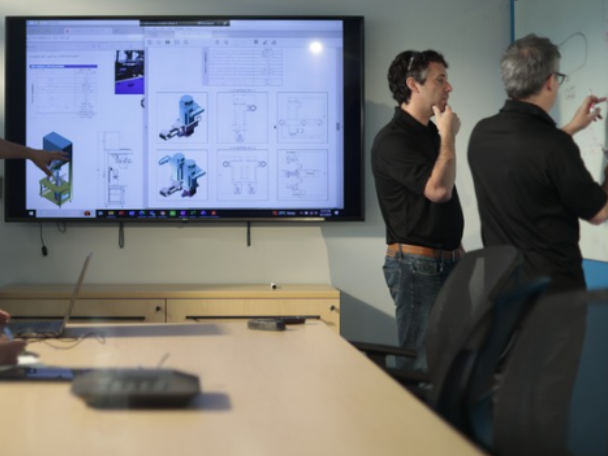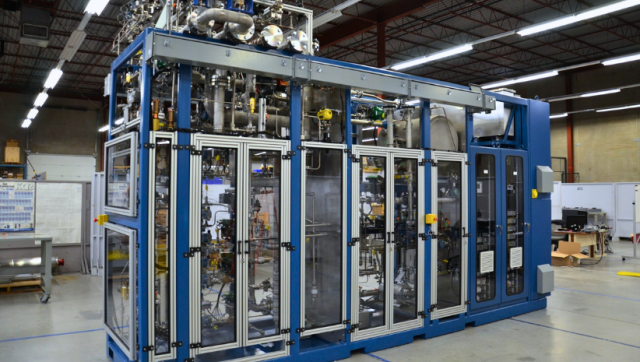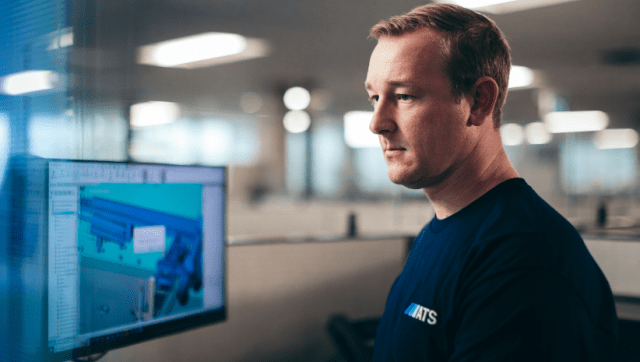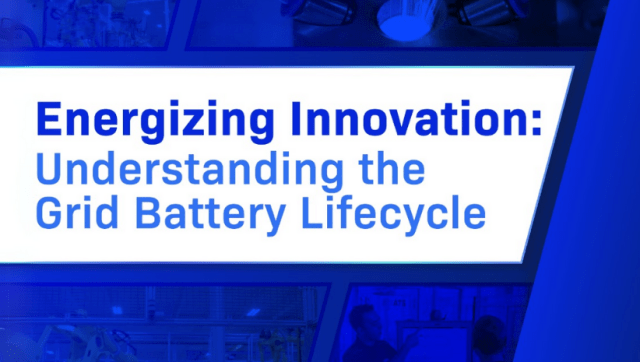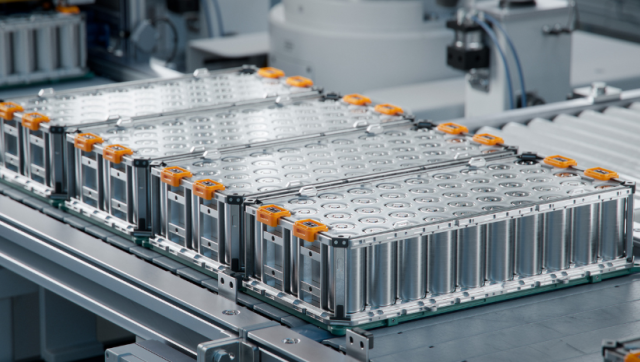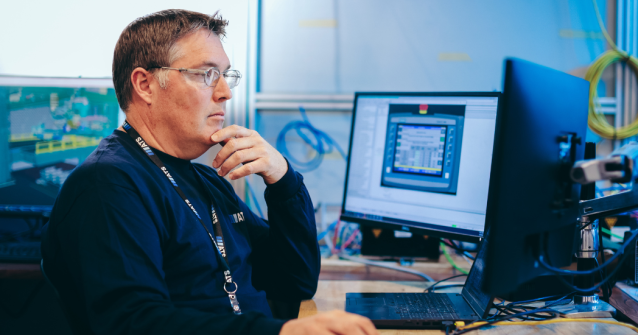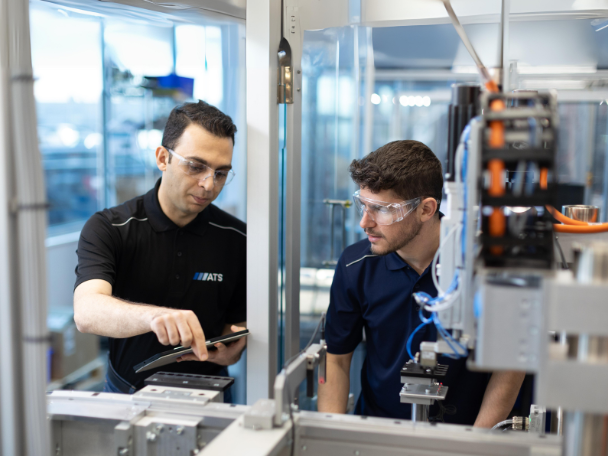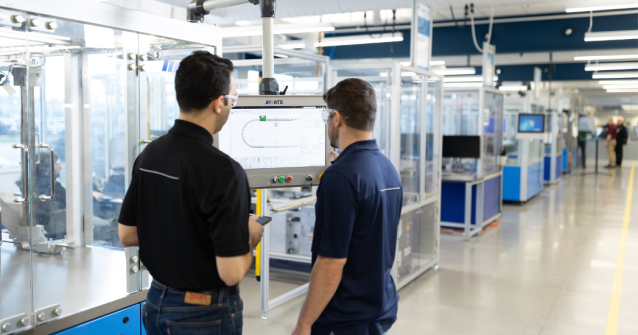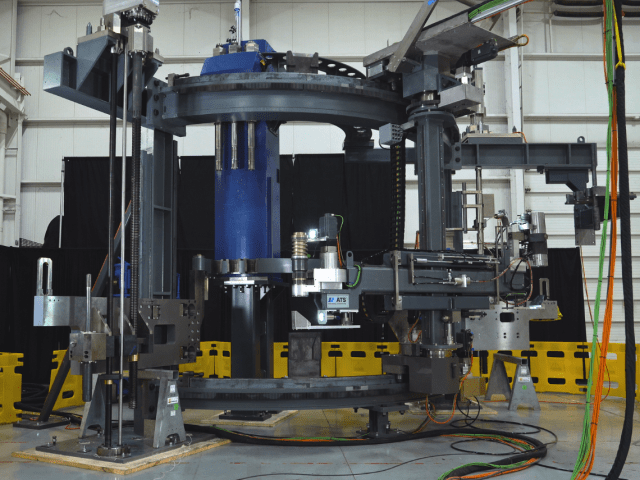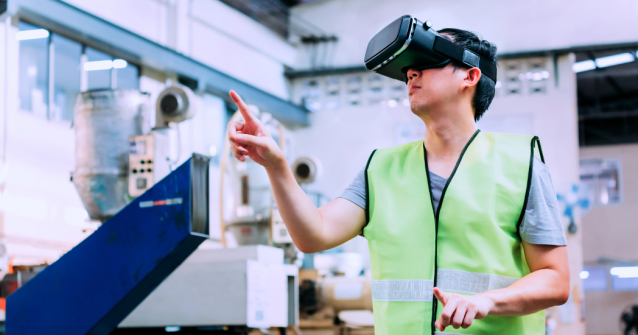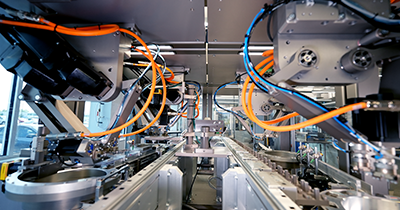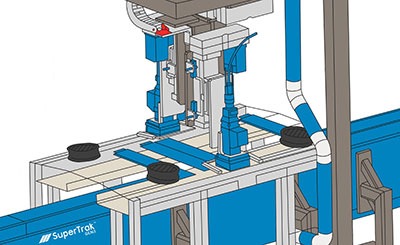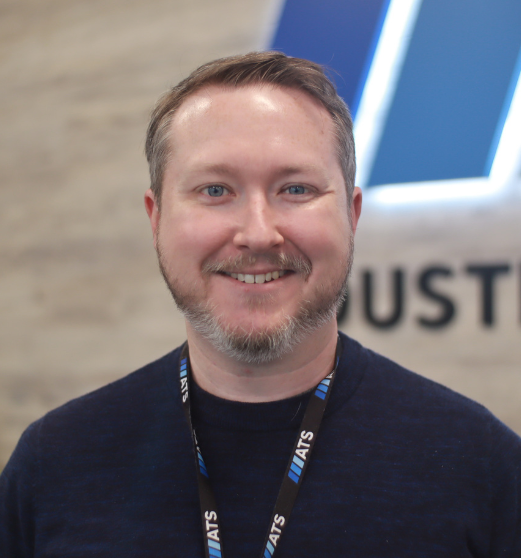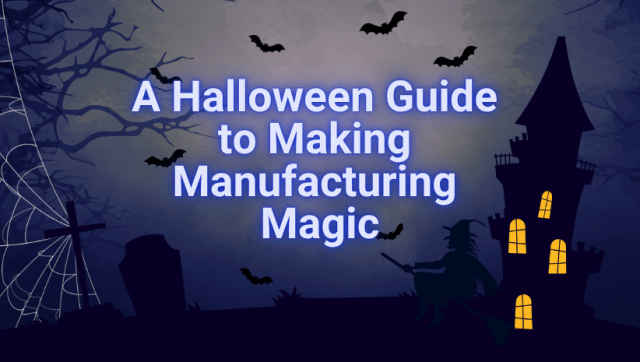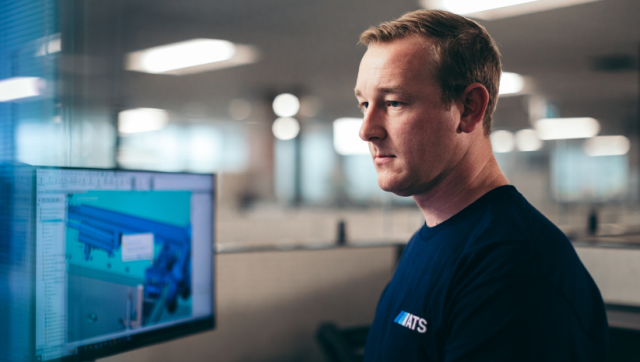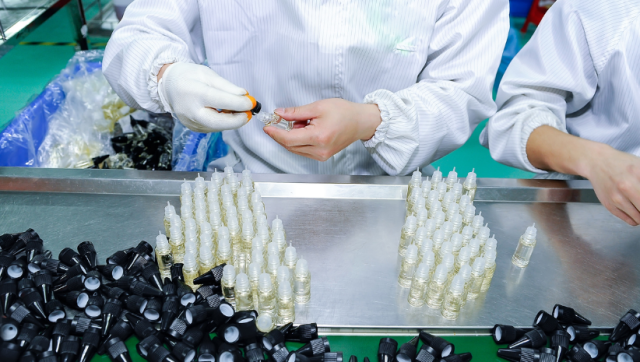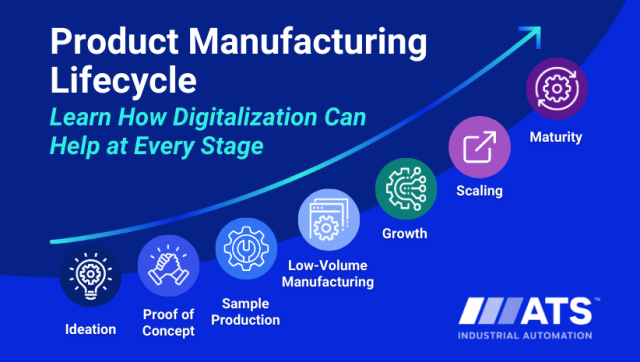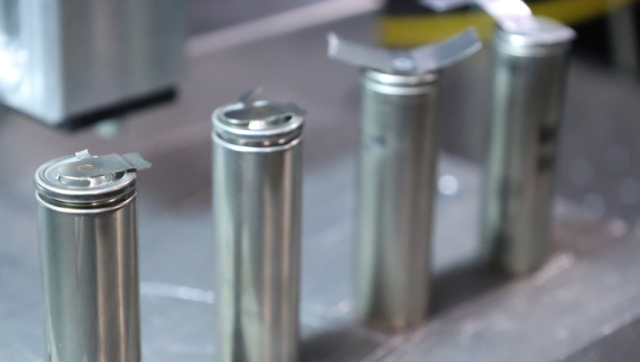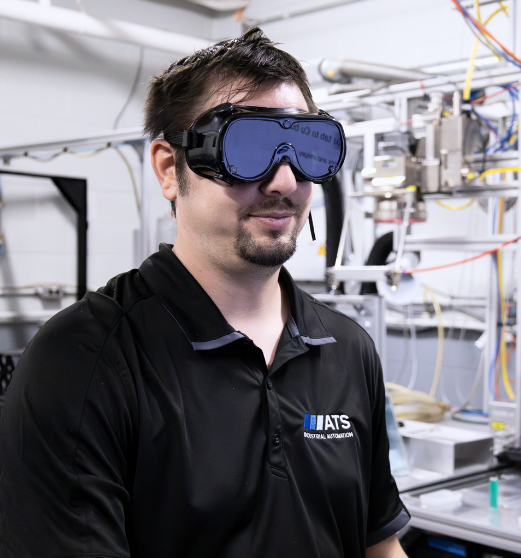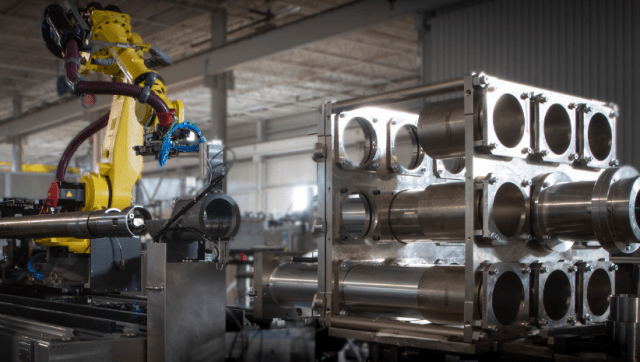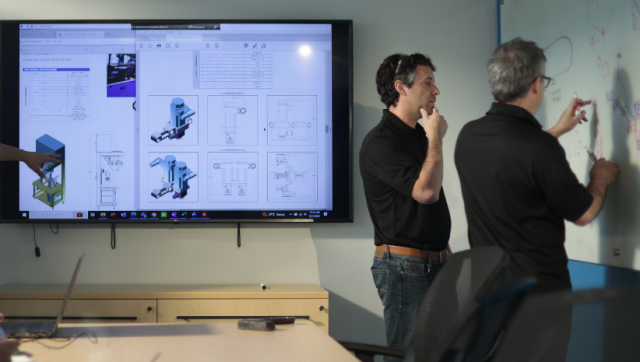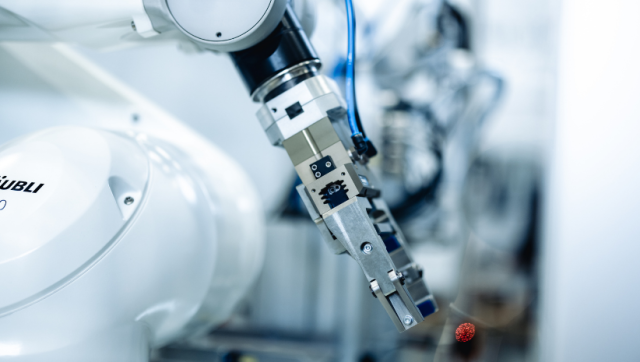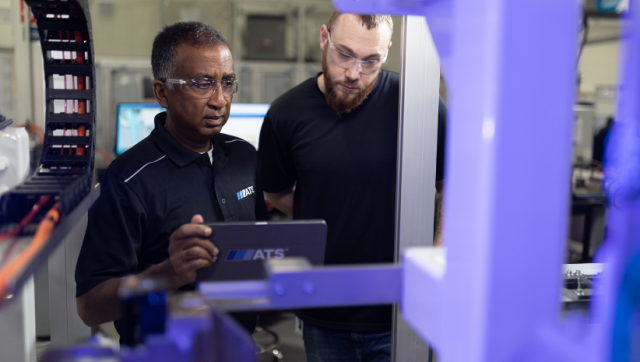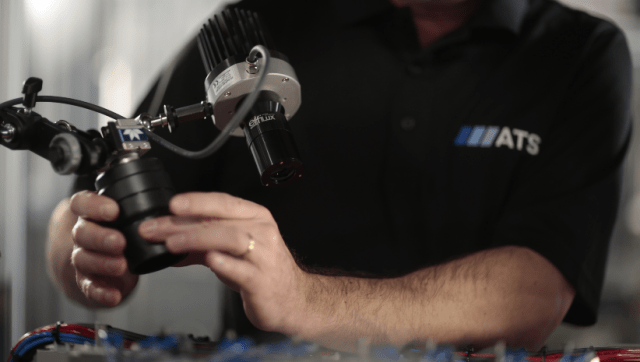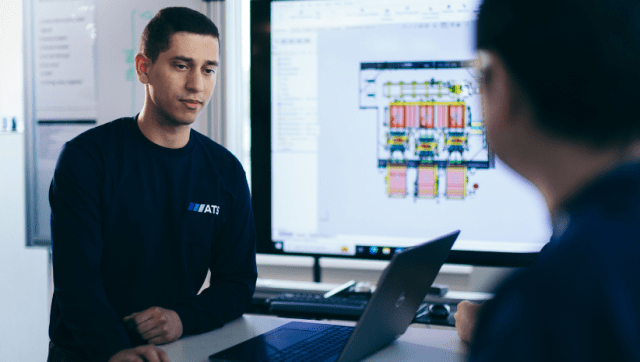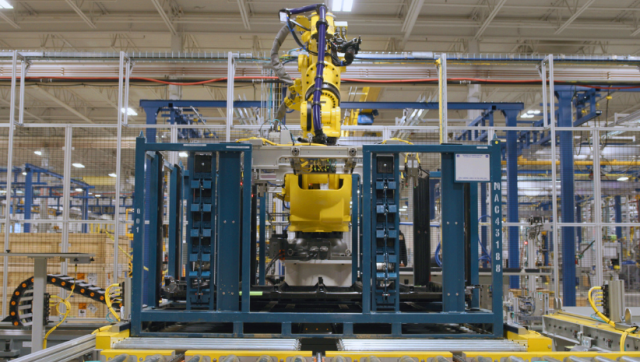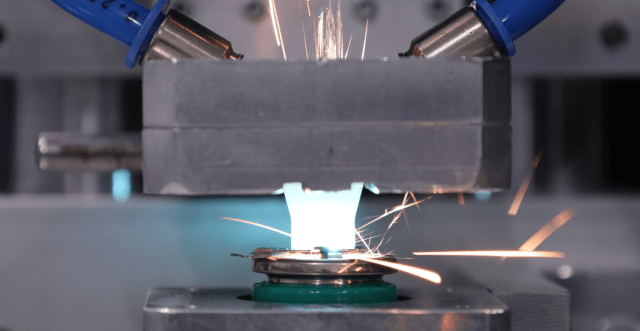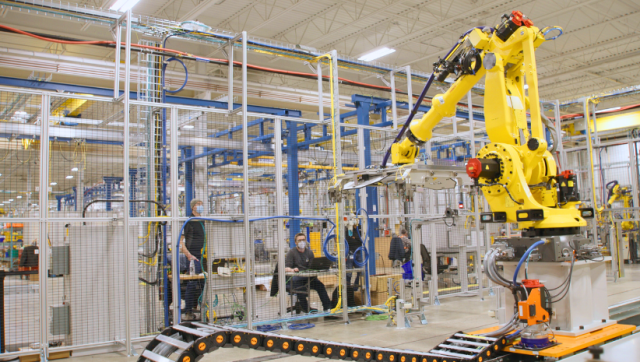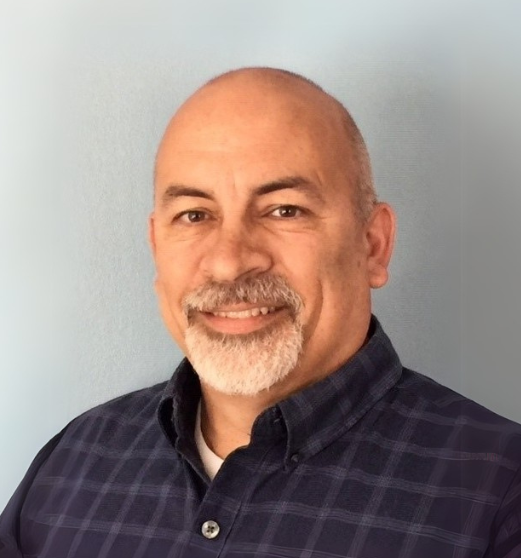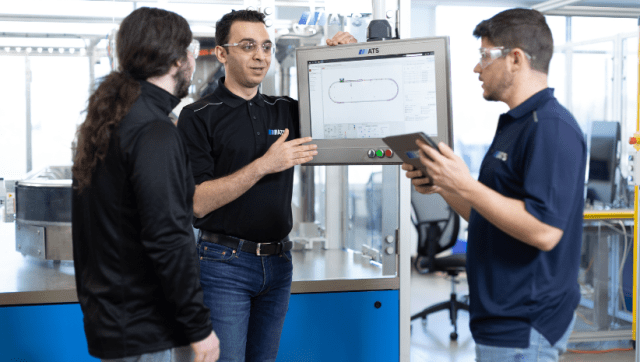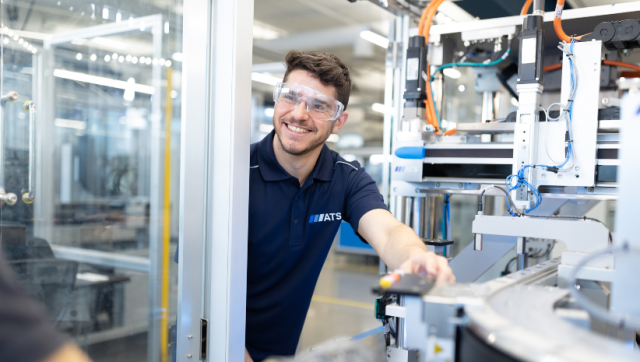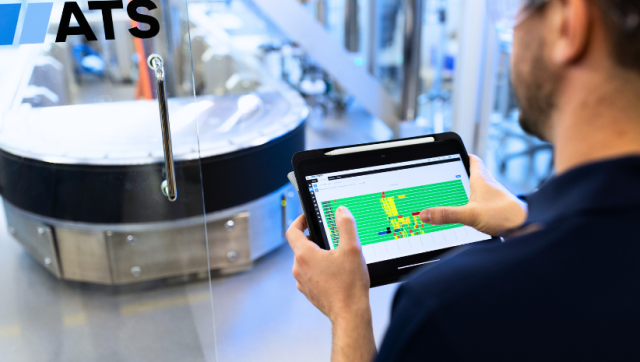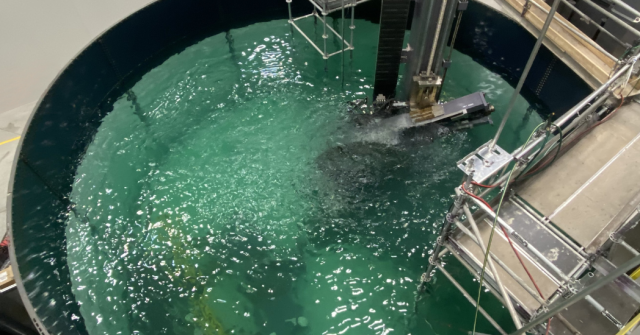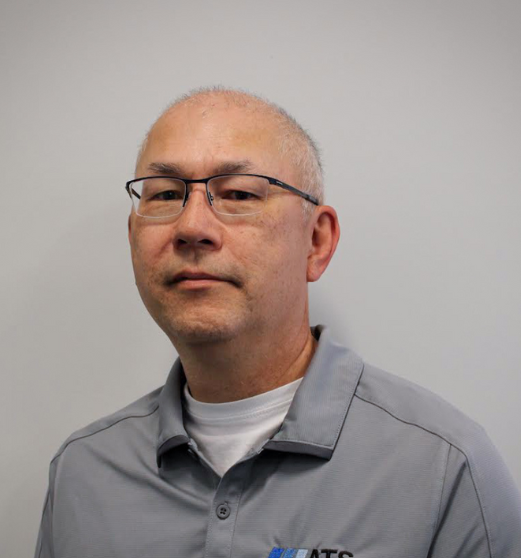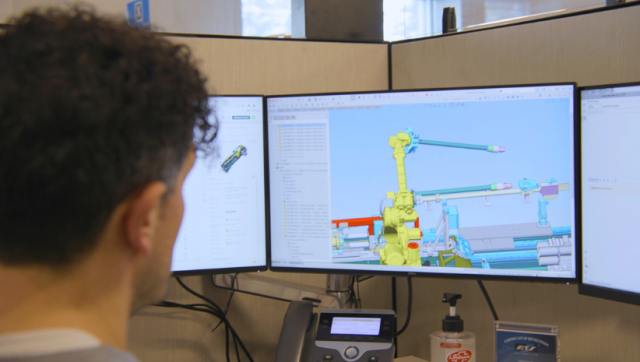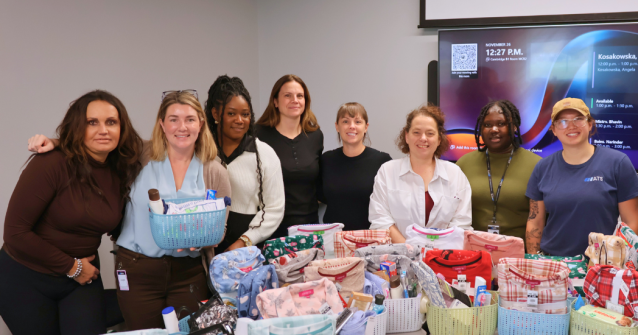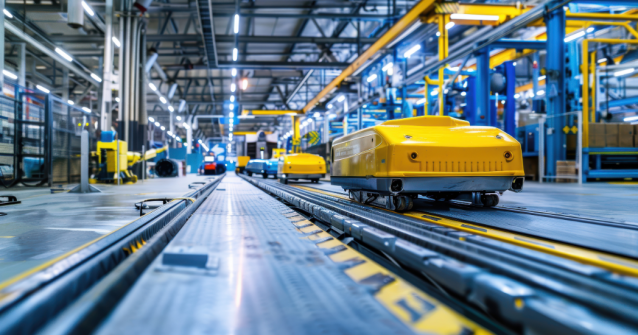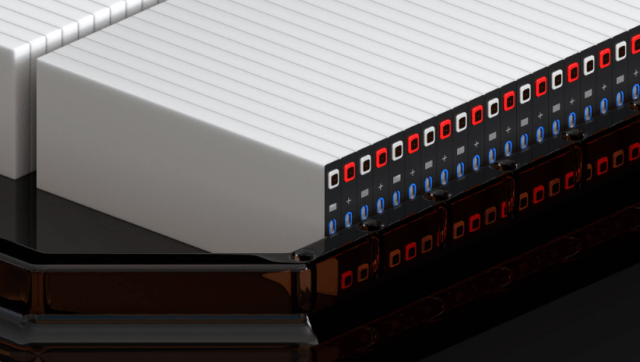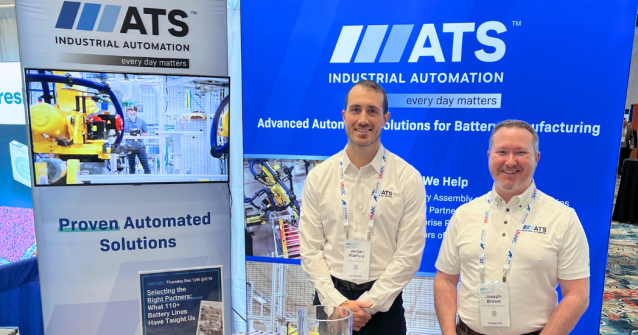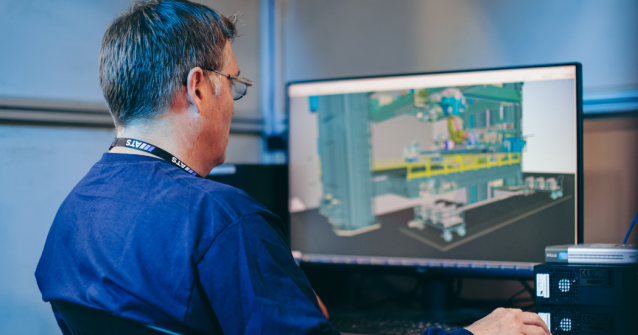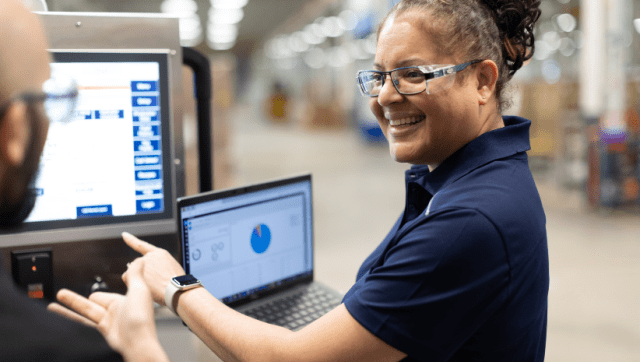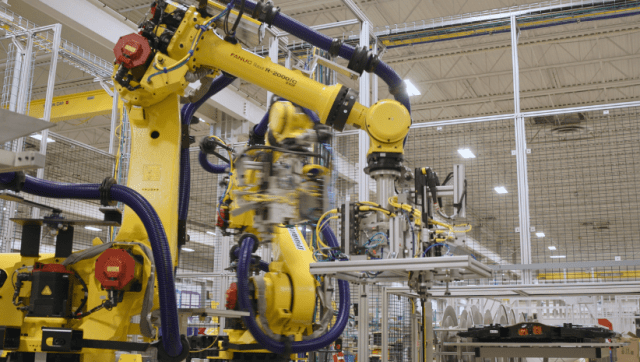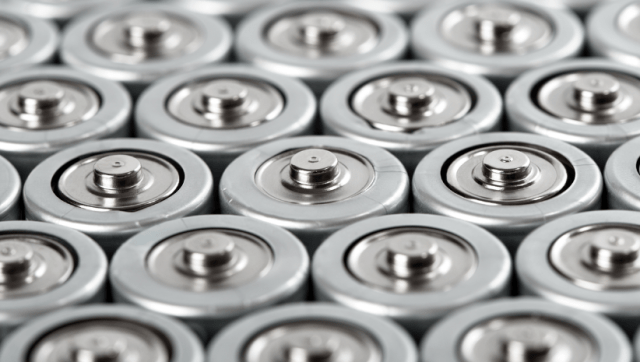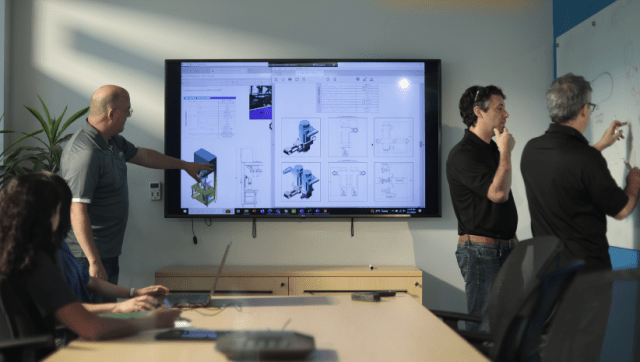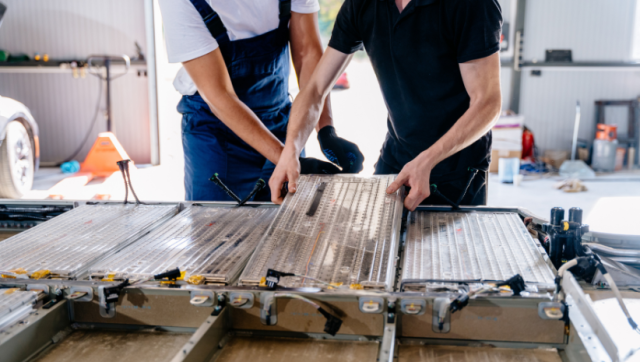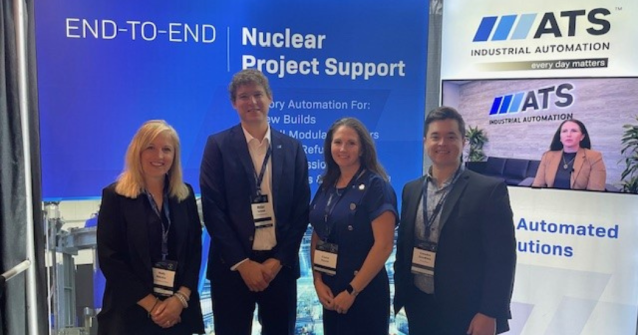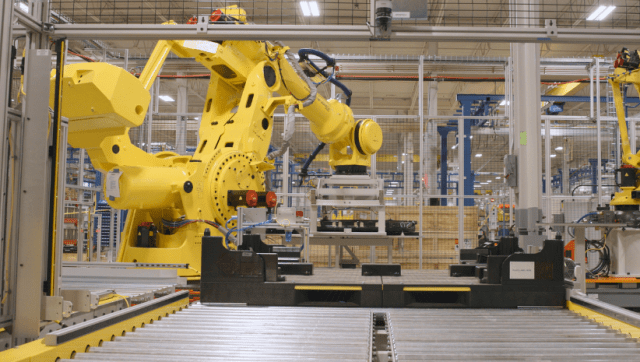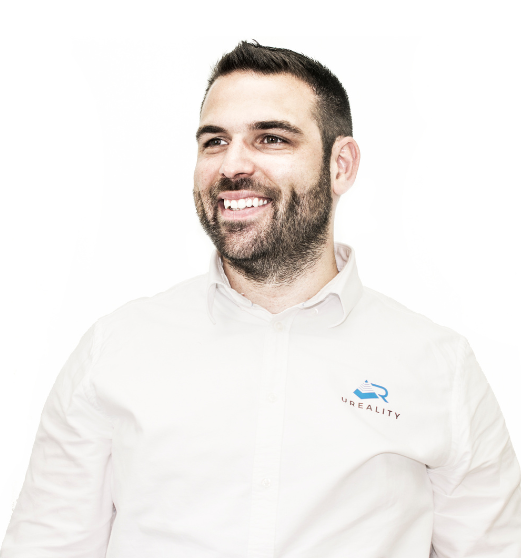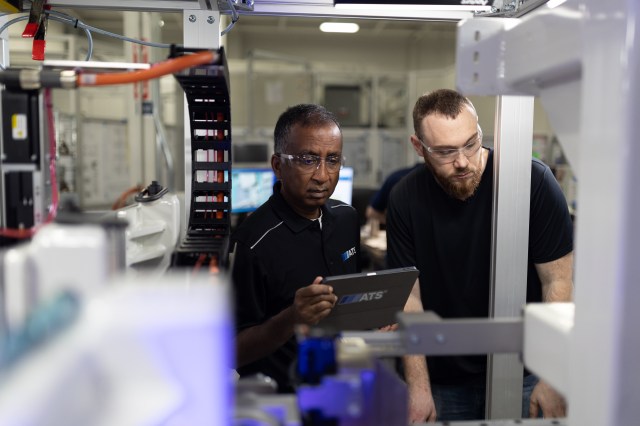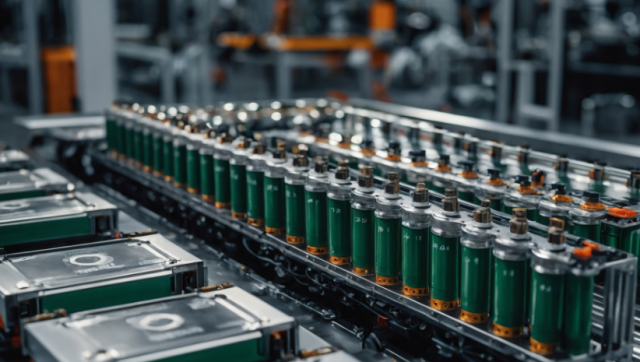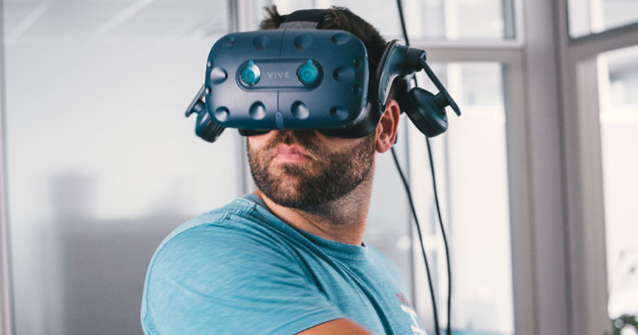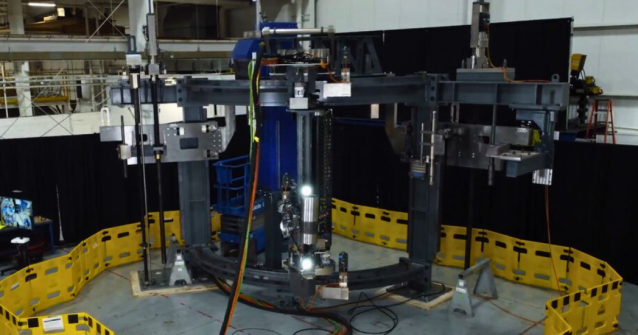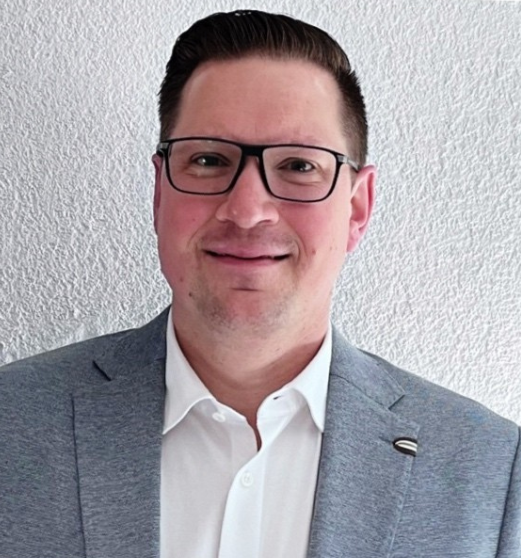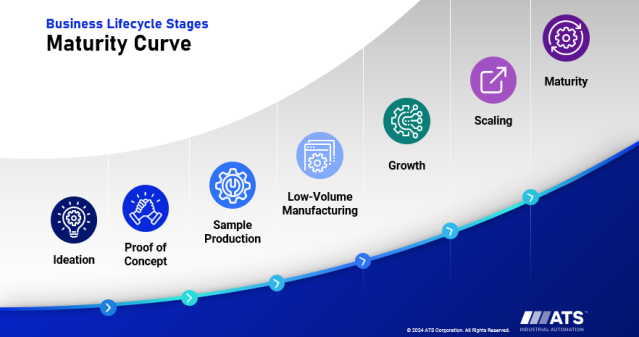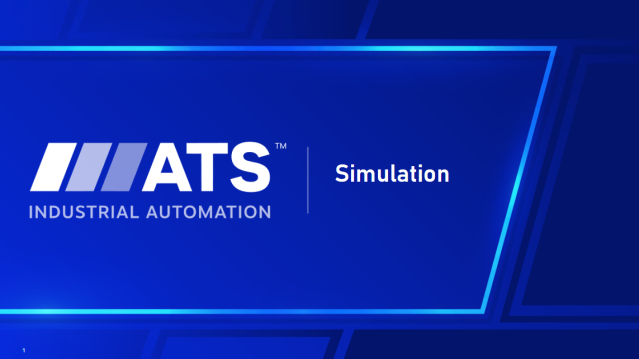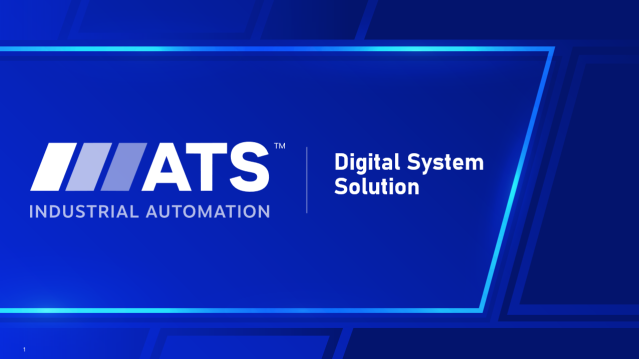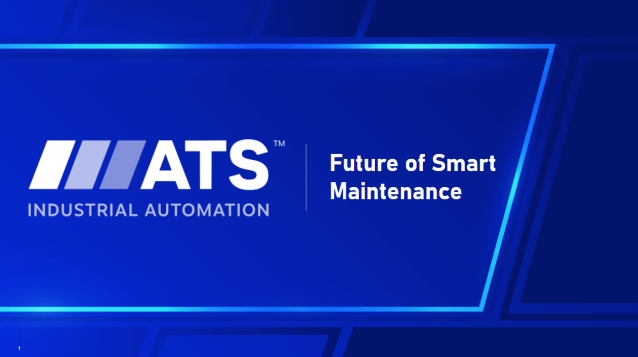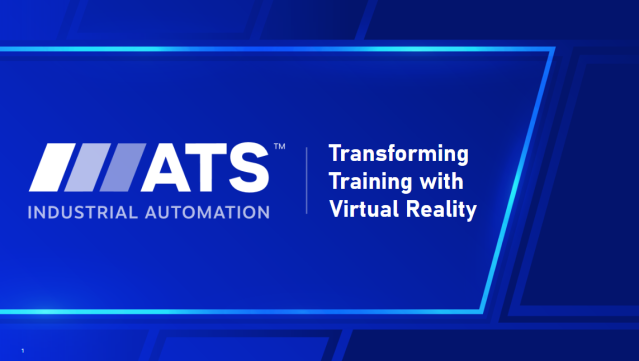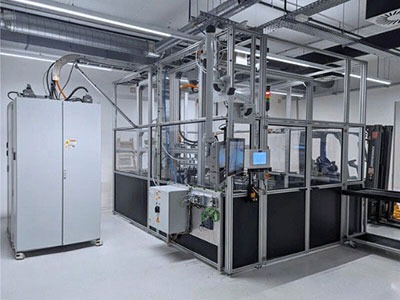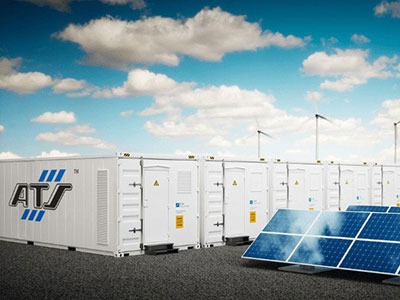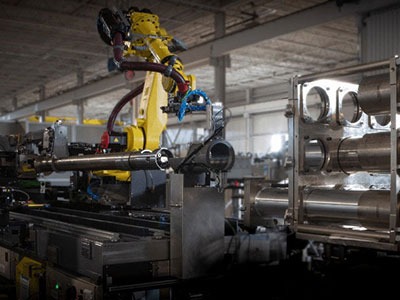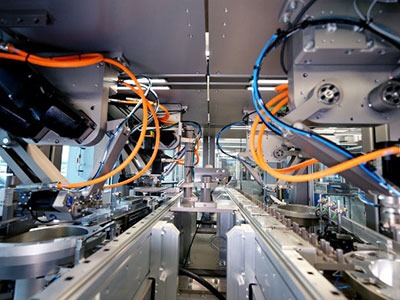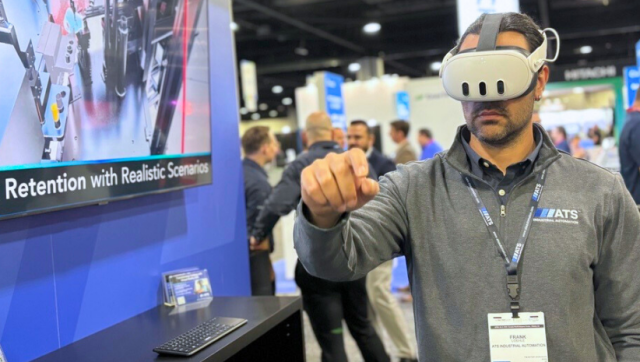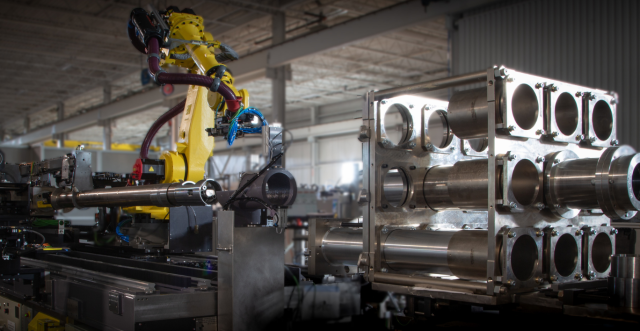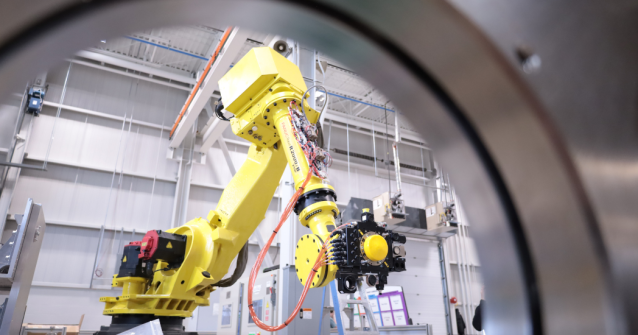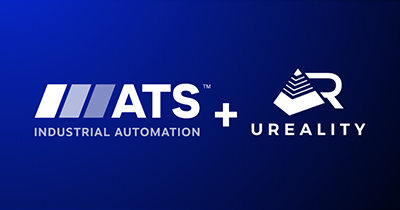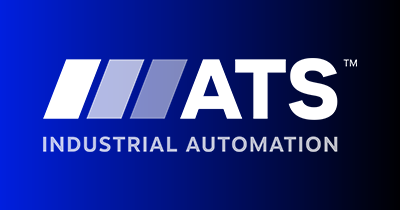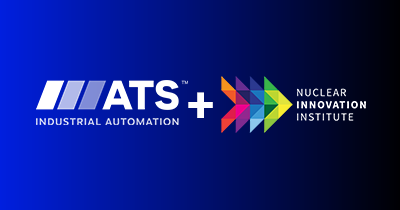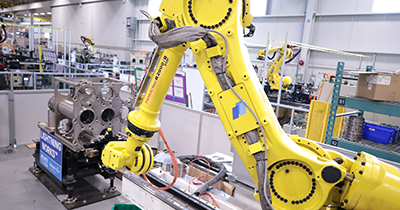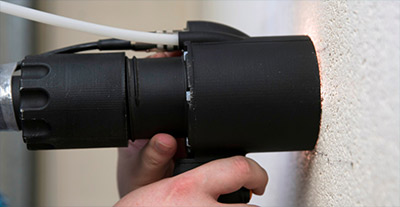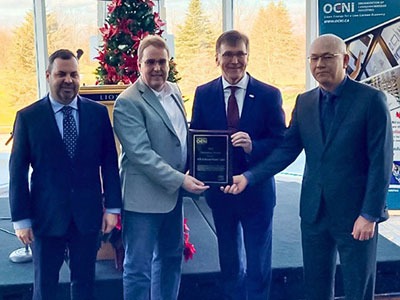Consumer Product Goods (CPG) Case Study Highlights
Industry
Consumer Packaged Goods (CPG)
CPG brands have historically satisfied consumer demand for low-cost products by offshoring to low-cost labor countries. Rising costs, production delays, and supply chain breaks have made reshoring necessary.
CPG brands can profitably reshore with agile, high-speed automation. Agile assembly technology optimizes machine utilization and allows for multiple products and variants to be assembled on one machine. Leveraging digital automation enables brands to satisfy shifting consumer demands, improve product quality, reduce product development time, and speed time to market.
Challenge
Offshoring – A Broken Strategy
For the past 30 years, CPG brands have satisfied consumer demand for low-cost products by offshoring to Asia-Pacific and low-cost countries. Wages and other costs have risen in low-cost countries, leaving companies looking to reduce expenses, which sometimes impacts quality. Increased costs, quality control concerns, lengthy production delays, and supply chain breaks have made offshoring a challenge.
At the same time, rapidly shifting consumer behavior has resulted in strong demand for many low-volume, high-mix consumer products. Meeting these challenges in North America using traditional assembly automation technologies has been difficult. Conventional equipment is either high speed with large mechanical dials that lack flexibility, or more flexible pallets and robots that are slow. In both these scenarios, CPG manufacturers cannot effectively adapt to consumers’ rapidly changing demands for unique products.
COVID-19 has severely impacted the supply chain, exposed these problems, and shattered vital supply chain links. More than 85% of businesses have struggled because of insufficient digital technologies in the supply chain. 75% of businesses face issues in producing and distributing products that require future change (Knut et al., 2020), and 48% have experienced delays in planning decisions because of remote working. In total, COVID-19 cost the supply chain up to $4 trillion USD of value (Investable Universe, 2021). These pressures and damage to the supply chain have made offshoring undesirable and have brought reshoring to center stage.
Customer Needs
CPG brands face turbulent market conditions. Now more than ever, uncontrollable overseas factors, coupled with changing consumer behavior and increased demand, have highlighted the need to reshore. Automation is not enough for North America to succeed; automation must be coupled with agility and flexibility. Agile automation enables brands to locally assemble multiple products on one machine, to satisfy shifting consumer demands and meet just-in-time delivery (JIT).
Increasing schedule pressures impact development time and rising costs compress profit margins. CPG brands are looking to de-risk by shortening development time and speeding to market. It is imperative to increase machine utilization, reduce floorspace use, and improve product quality. The future is more bespoke, with smaller runs and assembly of final products where and when needed.
Partner
ATS Industrial Automation: Experience Adds Value
ATS Industrial Automation is a global integration leader with over 45 years of automation experience solving customer challenges. ATS deploys targeted automation to stabilize and control simple and complex processes, giving customers predictability. With expertise in all steps of CPG assembly, ATS Industrial Automation is a partner that works with customers to design processes and build CPG assembly automation solutions.
Solution: Symphoni™: Agile, High-Speed Digital Assembly Automation Technology
Brands historically have had to choose between continuous motion, rotary dials, or pallets and robots; that’s no longer true.
Developed in 2012 and owned by ATS, Symphoni™ is a proven, high-performance digital assembly automation technology that has been on the market since 2013; it sets the standard for digital assembly.
Symphoni™ has the same or better speed than continuous motion machines and the flexibility
of pallets and robots. Brands can leverage Symphoni™ for fast and agile assembly without
traditional limitations. Today, this market-proven technology is configurable for a wide array of
hand-held-sized products, ranging from the simple to the complex.
Happy Customers: The Tale of Three Case Studies
These three case studies show how CPG brands are using Symphoni™ to reshore and profitably assemble in North America.
Case Study 1
The first case study is about a U.S. CPG brand that made sanitizing products to respond to the COVID-19 crisis.
Prior to this, the brand had outsourced all its components, sub-components, and most of the assembly from Asian low-cost countries. As COVID-19 cases rose in Asia, demand for sanitizing products increased in those countries, pressuring the North American supply chain, and making parts scarce; this put the customer in the position of being unable to source needed components. Rising North American COVID-19 cases drove the decision to assemble locally.
A comparison of conventional pallets and robot machines versus Symphoni™ showed that Symphoni™ needed 1/3 the floor space, was 1/3 the size, used fewer people to operate, and cost less.
Continuous motion machines could not accommodate product design changes. Symphoni™ features rapid changeover and tooling simplicity. It easily accommodates product design changes and variants, and reconfiguration is much faster and cheaper than traditional automation machines. Symphoni’s digital nature let this customer keep all assembly operations on one machine and avoid costly delays associated with transferring the assembly process to another machine.
Integrated in-process testing (IPT) and end-of-line testing (EOL) verified all parts running on the Symphoni™ line, ensuring that only good parts proceed down the line. This integrated testing eliminated the need for the customer to add costly machine tooling associated with traditional automation. In this case, leak and function testing ensured that the product pump performed in hot temperatures and retained pump suction. This testing was augmented by machine visual quality inspection.
Symphoni™ is fast. For this customer, it ran assembly at 300 parts per minute, or more than 100 million parts per year – including function testing of flow and pressure at these rates.
Case Study 2
The second case study is about a customer involved in COVID-19 vaccine syringe plunger assembly. At the time of assembly, the pandemic had just started, and vaccine production was limited; maximizing time to market was critical.
The assembly process involved taking a pre-filled glass syringe full of sterile liquid and inserting the glass syringe body into the auto-injector. Most vaccine syringes have an inherent dead space between the tip of the needle and the plunger seal. Symphoni™ deployed a precise and tightly controlled automated cartridge loading process that resulted in much less waste and an additional vaccine dose out of each vial, helping to expand vaccine deployment. Symphoni’s standardization and modularity provided plungers for additional downstream automation, so there was more equipment downstream of this station in twenty weeks after launch.
Symphoni™ ran at 360 parts per minute – three times the speed of traditional machines that made a similar product. In addition, it achieved a 50% reduction in space compared to a traditional automation solution and had a machine overall equipment effectiveness (MOEE) of 98.55% at Site Acceptance Test (SAT).
Case Study 3
The third case study is about a customer producing a connector assembly with twenty variants, assembled on nine slow rotary dial machines. The customer’s challenge was to reduce labor costs and floor space while maintaining current production output.
Moving to a Symphoni™ platform permitted the customer to consolidate nine machines into one machine running at 250 parts per minute. In this scenario, it was important to the client that they were able to quickly change the touch tooling on the same shift and produce multiple product lines; the tool change took under 5 minutes. This customer achieved a 90% labor savings, an 80% floor space savings, and eliminated barriers to expanding their business
CPG Brands Can Profitably Reshore
Reshoring is a necessity. Symphoni™ is a transformative digital assembly technology that blends the best features of all conventional assembly technologies. It has the high speed and efficiency of continuous motion machines and the flexibility of robots and pallets.
CPG brands want the precision, flexibility, and high speed to locally assemble multiple products on one machine, to satisfy shifting consumer demands and meet just-in-time delivery (JIT) delivery. Symphoni™ supports brand localization strategies, giving brands the agility to quickly respond to and satisfy customer demands.
Reducing automation risks and costly development time is critical for CPG brand success. Brands can leverage the digital nature, high standardization, and scalability of Symphoni™, to reduce their risk, shorten costly development time, and accelerate time to market.
Symphoni™ is a high-throughput assembly technology that optimizes machine utilization, reduces floor space, reduces maintenance costs, and improves product quality, thus providing the lowest total ownership costs
References
Investable Universe. (2021). New Report Puts A Not-So-Pretty Price Tag On 2020 Supply Chain Disruptions. https:// investableuniverse.com/2021/03/24/supply-chain-disruptions-us-european-companies-gep-economist/
Knut, A., Gupta, R., and Trautwein, V. (2020). Resetting supply chains for the next normal. McKinsey & Company. https://www.mckinsey.com/business-functions/operations/our-insights/resetting-supply-chains-for-the-next-norma
Every project is unique. Allow us to listen to your challenges and share how automation can launch your project on time.




